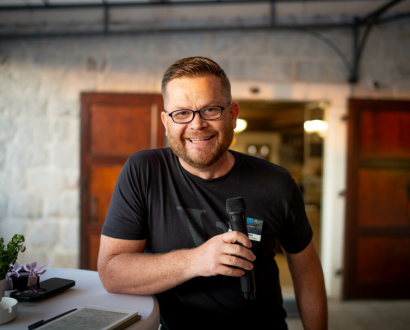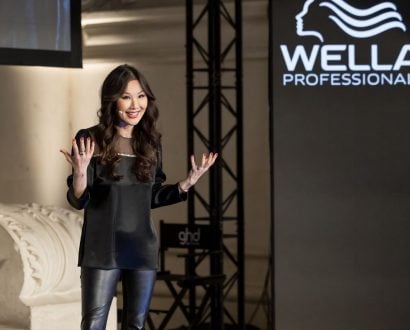The focus on bringing more women into board and executive roles in Australia remains an important quest. In 2016, less than ¼ of directors sitting on Australia’s top 200 companies are women.
But beneath the surface of that high profile debate, lies a set of lesser known but equally important challenges that millions more women in the Australian workforce can relate to.
One of the key challenges women continue to face is in achieving a genuine and meaningful work-life integration. Around 60% of families are dual income, and a lot of women in the workforce hold some kind of additional carer responsibilities—often for children, but equally (and increasingly) it might also be for elderly parents, loved ones with a disability, or injured or sick family members.
We tout the idea that modern Australian businesses are ‘enabling flexibility’ in a bid to address work-life integration challenges. Technology has allowed staff to work remotely, with the assumption that, by enabling staff to work remotely, executives have done what’s necessary to resolve work-life integration concerns.
Yet there remains an in-built resistance within many organisations that continues to hurt a woman’s ability to develop her career once she takes on carer responsibilities, even with the supposed ability to work flexibly. This ‘flexibility stigma’—which has been verified by academic research—builds an ingrained bias within organisations against those who take advantage of flexible working conditions. It is based on the perception that, if an employee is not physically present during the traditional working hours expected for their jobs, then they must not be working.
In turn, this means that women who are not in the office tend to miss out on opportunities for career advancement. They’re often overlooked for projects that offer professional development and advancement opportunities. Coupled with the scarcity of mentor roles at the executive level, it continues to be difficult for a woman—no matter her experience and expertise—to have her work rewarded when she has to juggle dual responsibilities.
The solution is for an organisation to implement a strategy, at an executive level, that encourages flexible working arrangements for all staff, without prejudice for the underlying reasons that a person might want a flexible working arrangement. The organisation must implement a change management program to ensure managers and co-workers are able to work productively and effectively with flexible working staff.
Diversity in the boardroom is vitally important, but it’s not a panacea, and it by no means guarantees the broader engagement of our female workforce. In some instances, the raging debate around this topic has become a distraction from other changes that are critical to the health of our female workforce and our business economy.
It’s time for us to become champions for broader change in the workforce for women, and recognise the importance of supporting the more nuanced needs of women across the workforce, from the backroom to the boardrooms of corporate Australia.
This article was contributed by CEO and founder of SeventeenHundred, Ryan Meldrum.





